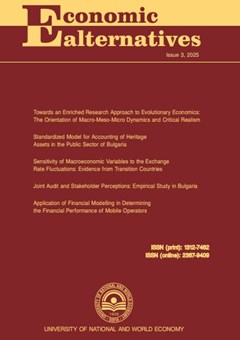Green Economy and Economic Growth: An Empirical Analysis Using Panel Data
Authors: Besnik Fetai, Elza Qorraj, Atdhetar Gara
Abstract
In an era characterized by escalating concerns regarding environmental sustainability, this research assumes a pivotal role in the discourse on economic decision making, targeting government officials and economists. It employs a methodologically rigorous approach to investigating the impact of adopting a green economic paradigm on a nation’s economic growth. The Ordinary Least Squares (OLS) model was applied, followed by advanced panel data models, including the fixed effects model, the random effects model, and the Hausman Taylor model. The Hausman test affirmed the suitability of the Instrumental Variable (IV) Hausman-Taylor model, demonstrating superior consistency and efficiency compared to fixed effects and random effects models. This study was conducted over a long-term horizon, spanning 12 years from 2010 to 2021, with a total of 516 observations involving 43 countries (37 OECD countries and 6 Western Balkan countries). The selection of the Hausman-Taylor model addressed the issue of endogeneity, recognizing the potential influence of economic growth on the variable itself in subsequent years. Consumption emerges as a robust and statistically significant driver of economic growth. This revelation accentuates the potential for policy interventions aimed at stimulating consumption as a means to foster economic expansion. Conversely, the adverse impact of corruption on sustainable development shown in results, as the empirical results expose a statistically significant and negative relationship between corruption levels and economic growth.

